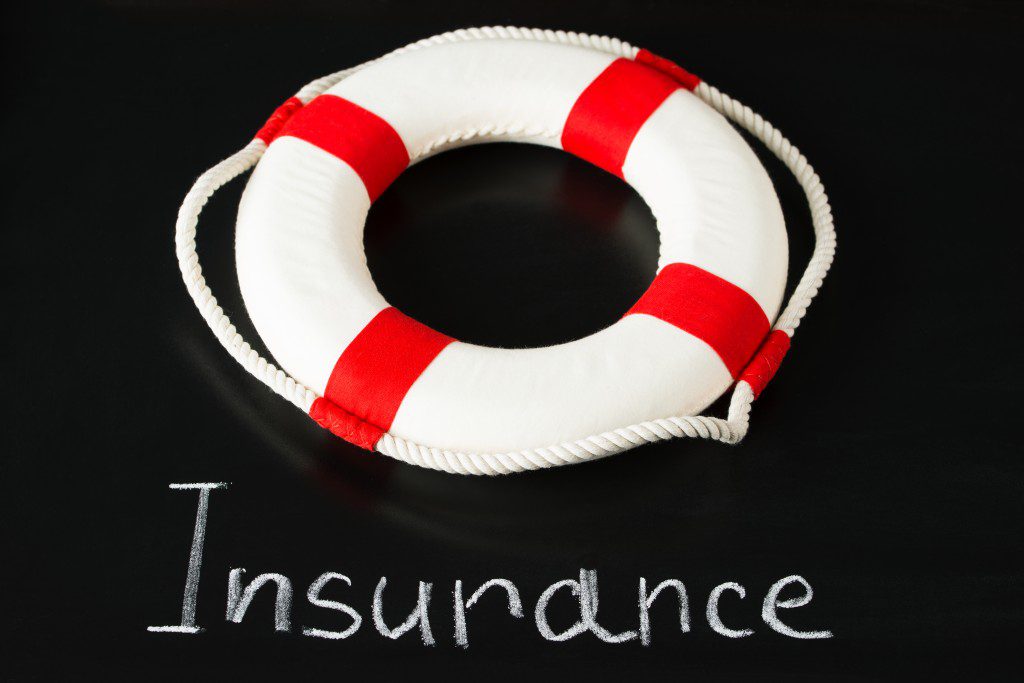
Individuals who are money conscious with how they spend and save, typically find places (accounts), in which they can secure their money for a rainy day. Those places, or accounts, look different for everyone – depending on your level of income, and saving versus spending threshold.
For example, those who are employed in entry level positions might start saving into a 401(k) and have an ‘emergency fund’ bank account. Other individuals, might start an investment portfolio in stocks or real estate, which for them, may be just as good as a savings account.
The book, Pirates of Manhattan, by Barry James Dyke, talks about how many individuals, especially those that invest in the stock market, think their investing is just as adequate as a good old-fashioned savings account. Throughout the book, Dyke continually iterates how investing does not equal savings.
401(k)s Sink your Financial Life, Not save It
Typically when the word investing is spoken, a person’s mind is directed to the stock market. Which, unless someone specifies what niche of investing they’re in, i.e. Real Estate, then it is fair to say they are referring to the stock market. So what about an individual who says they have money saved in a money market, mutual fund or 401(k)? Is that saving or investing?
If your money is in a low-risk money market or mutual fund, its performance is still tied to the stock market. What about retirement vehicles such as the 401(k) and Roths? Both of those ‘savings accounts’ are also connected to the performance of the stock market.
Many people think that investing in low risk funds is as good as a savings account because there is access to liquidity, and investing in high risk funds is considered wealth building.
The SEC, in their publication titled Saving and Investing , explains that ‘savings’ includes setting aside your personal money each month to then invest the money into a low risk fund or ‘savings account’.
The contradiction with saving in the stock market is that there is no guarantee you will get any yield – not to mention, complete loss due to negative returns. If this is the case, then why are retirement vehicles linked to the stock market? That very reason is why 401(k)s sink your financial life, not save it.
Saving Inside a Whole Life Policy
A whole life policy purchased from a mutually owned life insurance company is a safer alternative to ‘saving’ in the stock market. As a policy owner, in contract with a mutual life insurance company, you have the benefit of receiving a steady and secure rate of return, liquidity, dividends, and a death benefit.
Because a whole life policy has the attributes of protection, guarantee, rate of return, and liquidity, it is considered a highly valuable asset.
Whole Life Insurance is an Asset that helps you Build Wealth
An individual who owns a whole life insurance policy has a contractual agreement with the insurance company. Since this contract can be sold to a third party, it is considered an asset – not just an investment.
A properly structured whole life policy is both a savings account and a wealth building tool, making it a critical component to an individual’s financial plan. Because a policy earns interest, an individual can use their cash value to then invest in other performing assets. When you use your life insurance policy like this, you are simultaneously keeping your cash safe while leveraging it for more growth.
In addition to these wealth building principles, available to an individual while alive, a policy also provides a death benefit.
Whole Life Insurance is a flexible product that can both protects an individual with a savings component as well as build wealth.
Read: Banking on Long Term Success
Watch: The “And” Asset
Listen: Balancing Risk for Winning Investments
[analytify-stats metrics=”ga:pageValue” permission_view=”administrator”][analytify-stats metrics=”ga:uniquePageviews” permission_view=”administrator”][analytify-stats metrics=”ga:avgTimeOnPage” permission_view=”administrator”]







